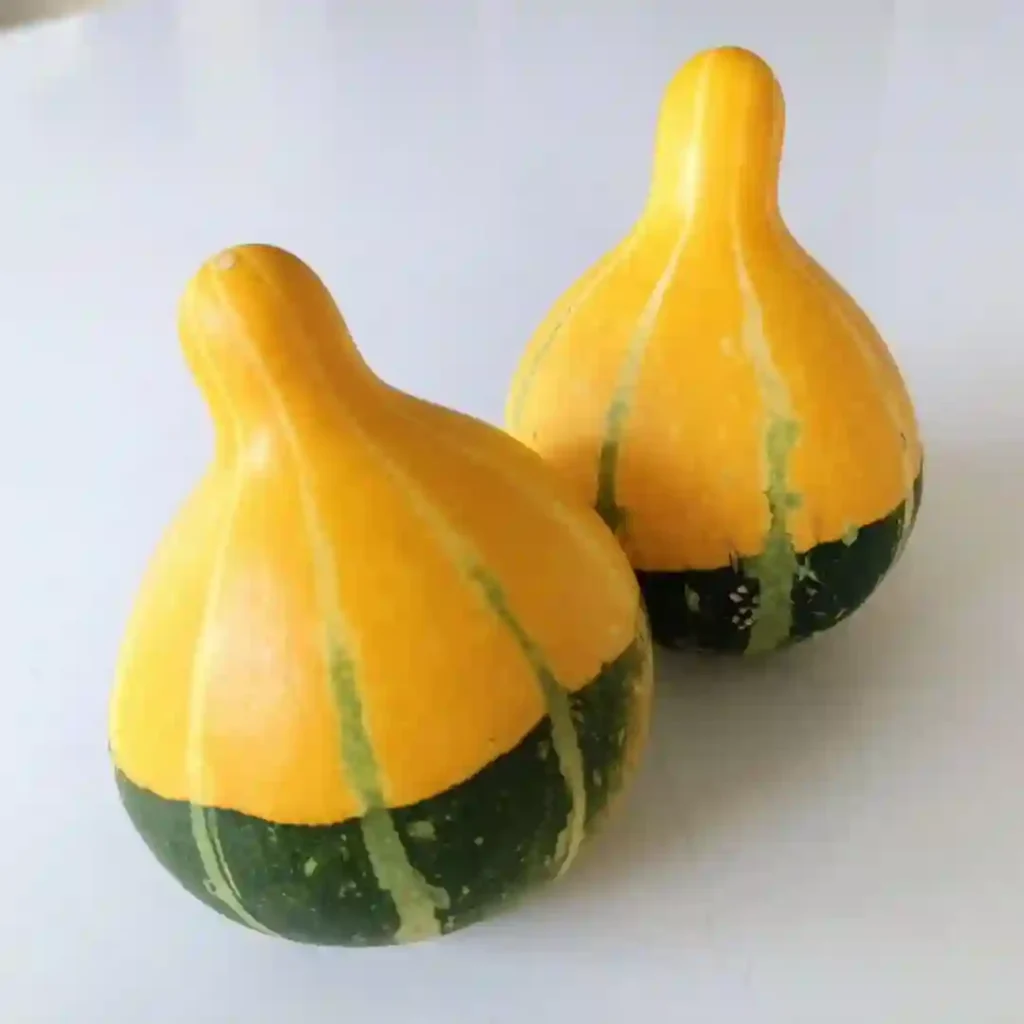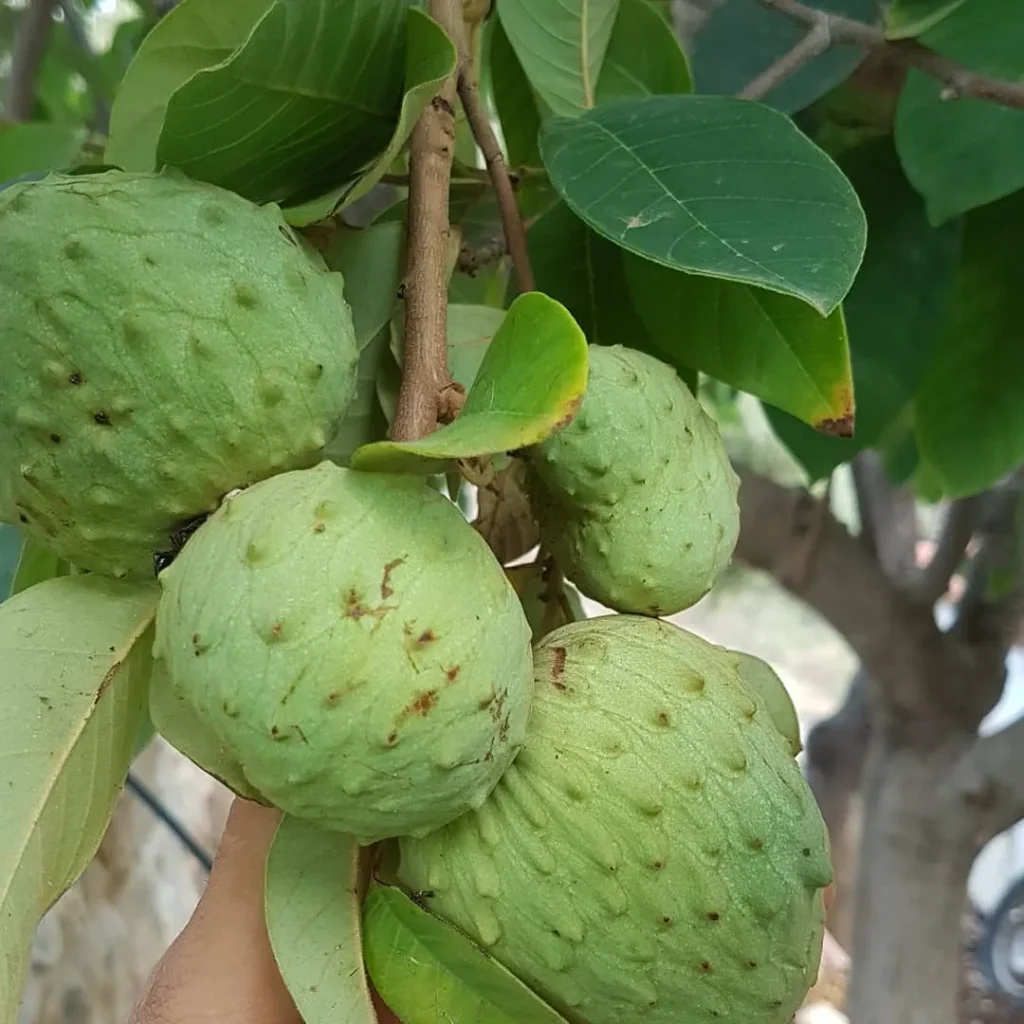My Journey into the World of Arecaceae: A Personal Exploration
As a plant enthusiast, I’ve always been fascinated by the diversity and beauty of the plant kingdom. One particular family that has captured my attention is Arecaceae, commonly known as the palm family. Their unique morphology, ecological significance, and economic value make them a fascinating subject of study. In this article, I, Ferb Vu, will share my personal journey into the world of Arecaceae, exploring their characteristics, diversity, and cultural importance.
A Family of Grace and Utility
Arecaceae is a family of flowering plants, comprising approximately 2,600 species across 184 genera. They are primarily distributed in tropical and subtropical regions, adding a touch of elegance and exoticism to these landscapes. Palms are easily recognizable by their unbranched stems, crowned by a cluster of large, evergreen leaves. These leaves, often palmate or pinnate in shape, create a distinctive silhouette against the sky.
One of the most remarkable features of Arecaceae is their adaptability. They thrive in a wide range of habitats, from rainforests and mangroves to deserts and coastal dunes. This versatility is a testament to their evolutionary success, allowing them to colonize diverse environments. Palms play crucial roles in their ecosystems, providing food and shelter for a variety of animals, including birds, mammals, and insects.
Diversity in the Palm Family
The Arecaceae family encompasses a vast array of genera, each with its own unique characteristics and adaptations:
- Cocos: This genus includes the iconic coconut palm (Cocos nucifera), renowned for its versatile fruit and its cultural significance in tropical regions. – Cocos Nucifera in Genus Cocos – Coconut Tree
- Phoenix: The Phoenix genus comprises several species of date palms, valued for their edible fruits and their ability to thrive in arid environments. – 13 Species in Genus Phoenix
- Elaeis: The oil palm (Elaeis guineensis) is a member of this genus, cultivated extensively for its oil, which is used in a wide range of products, from food to cosmetics.
- Roystonea: The royal palms (Roystonea spp.) are majestic trees, often planted as ornamentals in parks and avenues, adding a touch of grandeur to the landscape.
- Washingtonia: The fan palms (Washingtonia spp.) are native to North America and are popular ornamental trees, admired for their large, fan-shaped leaves. – 2 Species in Genus Washingtonia
- Areca: The betel nut palm (Areca catechu) is a member of this genus, cultivated for its seeds, which are chewed in many cultures for their stimulant effects. – 45 Species in Genus Areca
- Caryota: The fishtail palms (Caryota spp.) are distinctive for their bipinnate leaves, resembling the tail of a fish.
- Chamaedorea: The parlor palms (Chamaedorea spp.) are popular houseplants, valued for their tolerance of low light conditions and their air-purifying properties. – 106 Species in Genus Chamaedorea
- Acanthophoenix H.Wendl.
- Acoelorraphe H.Wendl.
- Acrocomia Mart.
- Actinorhytis H.Wendl. & Drude
- Adonidia Becc. – 2 Species in Genus Adonidia
- Aiphanes Willd.
- Allagoptera Nees
- Ammandra O.F.Cook
- Aphandra Barfod
- Archontophoenix H.Wendl. & Drude
- Arenga Labill. ex DC.
- Asterogyne H.Wendl. ex Hook.f.
- Astrocaryum G.Mey.
- Attalea Kunth
- Bactris Jacq. ex Scop.
- Balaka Becc.
- Barcella (Trail) Drude
- Basselinia Vieill.
- Beccariophoenix Jum. & H.Perrier
- Bentinckia Berry ex Roxb.
- Bismarckia Hildebrandt & H.Wendl. – Bismarckia Nobilis in Genus Bismarckia
- Borassodendron Becc.
- Borassus L.
- Brahea Mart. ex Endl.
- Brassiophoenix Burret
- Burretiokentia Pic.Serm.
- Butia (Becc.) Becc. – 24 Species in Genus Butia
- × Butyagrus Vorster
- Calamus L. – 416 Species in Genus Calamus
- Calyptrocalyx Blume
- Calyptrogyne H.Wendl.
- Calyptronoma Griseb.
- Carpentaria Becc.
- Carpoxylon H.Wendl. & Drude
- Ceroxylon Bonpl. ex DC.
- Chamaerops L.
- Chambeyronia Vieill.
- Chelyocarpus Dammer
- Chrysalidocarpus H.Wendl.
- Chuniophoenix Burret
- Clinosperma Becc.
- Clinostigma H.Wendl.
- Coccothrinax Sarg.
- Colpothrinax Schaedtler
- Copernicia Mart. ex Endl.
- Corypha L.
- Cryosophila Blume
- Cyphokentia Brongn.
- Cyphophoenix H.Wendl. ex Hook.f.
- Cyphosperma H.Wendl. ex Hook.f.
- Cyrtostachys Blume
- Deckenia H.Wendl. ex Seem.
- Desmoncus Mart.
- Dictyocaryum H.Wendl.
- Dictyosperma H.Wendl. & Drude
- Dransfieldia W.J.Baker & Zona
- Drymophloeus Zipp.
- Dypsis Noronha ex Mart.
- Eleiodoxa (Becc.) Burret
- Eremospatha (G.Mann & H.Wendl.) Schaedtler
- Eugeissona Griff.
- Euterpe Mart. – 7 Species in Genus Euterpe
- Gaussia H.Wendl.
- Geonoma Willd.
- Guihaia J.Dransf., S.K.Lee & F.N.Wei
- Hedyscepe H.Wendl. & Drude
- Hemithrinax Hook.f.
- Heterospathe Scheff.
- Howea Becc. – 2 Species in Genus Howea
- Hydriastele H.Wendl. & Drude
- Hyophorbe Gaertn.
- Hyospathe Mart.
- Hyphaene Gaertn.
- Iguanura Blume
- Iriartea Ruiz & Pav.
- Iriartella H.Wendl.
- Itaya H.E.Moore
- Jailoloa Heatubun & W.J.Baker
- Johannesteijsmannia H.E.Moore
- Juania Drude
- Jubaea Kunth
- Jubaeopsis Becc.
- Kerriodoxa J.Dransf.
- Korthalsia Blume
- Laccospadix H.Wendl. & Drude
- Laccosperma (G.Mann & H.Wendl.) Drude
- Lanonia A.J.Hend. & C.D.Bacon
- Latania Comm. ex Juss. – 3 Species in Genus Latania
- Lemurophoenix J.Dransf.
- Leopoldinia Mart.
- Lepidocaryum Mart.
- Lepidorrhachis (H.Wendl. & Drude) O.F.Cook
- Leucothrinax C.Lewis & Zona
- Licuala Wurmb
- Linospadix H.Wendl.
- Livistona R.Br.
- Lodoicea Comm. ex DC.
- Loxococcus H.Wendl. & Drude
- Manicaria Gaertn.
- Manjekia W.J.Baker & Heatubun
- Marojejya Humbert
- Masoala Jum.
- Mauritia L.f. – 2 Species in Genus Mauritia
- Mauritiella Burret
- Maxburretia Furtado
- Medemia Württemb. ex H.Wendl.
- Metroxylon Rottb.
- Myrialepis Becc.
- Nannorrhops H.Wendl.
- Nenga H.Wendl. & Drude
- Neonicholsonia Dammer
- Neoveitchia Becc.
- Nephrosperma Balf.f.
- Normanbya F.Muell. ex Becc.
- Nypa Steck – Nypa Fruticans of Genus Nypa – Nipa Palm
- Oenocarpus Mart.
- Oncocalamus (G.Mann & H.Wendl.) H.Wendl.
- Oncosperma Blume
- Orania Zipp.
- Oraniopsis (Becc.) J.Dransf., A.K.Irvine & N.W.Uhl
- Parajubaea Burret
- Pelagodoxa Becc.
- Phoenicophorium H.Wendl.
- Pholidocarpus Blume
- Pholidostachys H.Wendl. ex Benth. & Hook.f.
- Physokentia Becc.
- Phytelephas Ruiz & Pav.
- Pigafetta (Blume) Becc.
- Pinanga Blume
- Plectocomia Mart. ex Blume
- Plectocomiopsis Becc.
- Podococcus G.Mann & H.Wendl.
- Ponapea Becc.
- Prestoea Hook.f.
- Pritchardia Seem. & H.Wendl.
- Pseudophoenix H.Wendl. ex Sarg.
- Ptychococcus Becc.
- Ptychosperma Labill.
- Raphia P.Beauv.
- Ravenea H.Wendl. ex C.D.Bouché
- Reinhardtia Liebm.
- Rhapidophyllum H.Wendl. & Drude
- Rhapis L.f. ex Aiton
- Rhopaloblaste Scheff.
- Rhopalostylis H.Wendl. & Drude
- Roscheria H.Wendl. ex Balf.f.
- Sabal Adans. – 18 Species in Genus Sabal
- Sabinaria R.Bernal & Galeano
- Salacca Reinw.
- Saribus Blume
- Satakentia H.E.Moore
- Satranala J.Dransf. & Beentje
- Schippia Burret
- Sclerosperma G.Mann & H.Wendl.
- Serenoa Hook.f. – Serenoa Repens in Genus Serenoa – Saw Palmetto
- Socratea H.Karst.
- Sommieria Becc.
- Syagrus Mart.
- Synechanthus H.Wendl.
- Tahina J.Dransf. & Rakotoarin. – Tahina Spectabilis in Genus Tahina
- Tectiphiala H.E.Moore
- Thrinax L.f. ex Sw.
- Trachycarpus H.Wendl.
- Trithrinax Mart.
- Truongsonia A.J.Hend., N.S.Lý, W.J.Baker, S.Bellot, J.Dransf. & Eiserhar
- Veitchia H.Wendl.
- Verschaffeltia H.Wendl.
- Voanioala J.Dransf.
- Vonitra Becc.
- Wallaceodoxa Heatubun & W.J.Baker
- Wallichia Roxb.
- Welfia H.Wendl.
- Wendlandiella Dammer
- Wettinia Poepp. ex Endl.
- Wodyetia A.K.Irvine
- Zombia L.H.Bailey
Cultural and Economic Significance
Palms have played a significant role in human cultures for millennia. Their fruits, leaves, and stems have been used for food, shelter, medicine, and crafts. In many tropical regions, palms are an integral part of the local economy, providing livelihoods for countless people.
The coconut palm, for instance, is a veritable treasure trove. Its fruit provides food and drink, its husk is used for fiber, and its leaves are woven into mats and baskets. The oil palm is a major source of vegetable oil, while the date palm is a staple food in arid regions. Palms also have ornamental value, adding beauty and elegance to gardens and landscapes.
My Personal Connection to Arecaceae
As a plant enthusiast, I’ve always been drawn to the beauty and diversity of palms. Their graceful forms, their adaptability, and their cultural significance have captivated my imagination. I’ve spent countless hours studying their morphology, learning about their ecological roles, and appreciating their aesthetic value.
I’ve also had the opportunity to cultivate several palm species in my own garden. Watching them grow and thrive has been a source of immense joy and satisfaction. Their presence in my garden adds a touch of the tropics, transporting me to faraway lands.
Conclusion
My journey into the world of Arecaceae has been a rewarding experience. I’ve gained a deeper appreciation for the beauty, diversity, and ecological importance of this remarkable family of plants. Their adaptability, their cultural significance, and their economic value make them an integral part of our planet’s biodiversity.
I encourage everyone to take the time to learn more about Arecaceae. Whether you’re a plant enthusiast, a gardener, or simply someone who appreciates the beauty of nature, you’re sure to be captivated by the grace and utility of palms. Their presence in our world enriches our lives in countless ways, reminding us of the interconnectedness of all living things.
If i die, water my plants!



